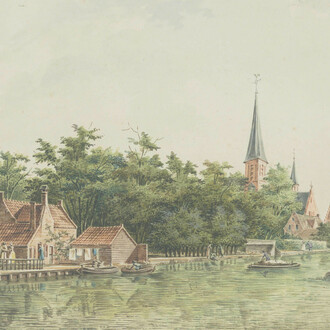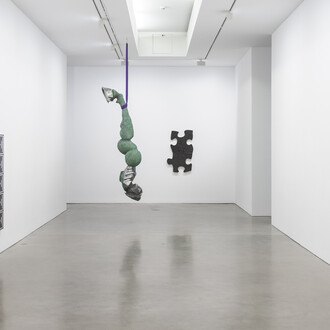Sound reaches us directly, and yet it is fleeting. As a vibrant process of exchange it triggers deep emotions. Sound challenges and moves us – in every culture, and in every era. Our world is only revealed as a whole through vibrations, noise, tones, sound, music and speech.
Over the course of the last 140 years or so, a series of techn0logical developments have made it possible to record and play music – first with the help of wax cylinders, then shellack records and magnetic tape, and on through to MP3 files. But why were – and are – recordings made, using which technology, and under which conditions? How do sounds and musical styles spread across the world? How do we deal with sound as an immaterial cultural asset? Who do the sounds in recordings belong to?
The Phonogramm-Archiv of the Ethnologische Museum in Berlin, the Lautarchiv of the Humboldt-Universität zu Berlin and the AMAR Foundation in Beirut have joined forces to present the exhibition "[sound] Listening to the World", making it possible for visitors to hear and experience the fascination of sounds and the different approaches towards them.
![[sound] Listening to the World. Courtesy of Humboldt-Box](http://media.meer.com/attachments/90625da81b39f2319821932c64315292777f72a4/store/fill/690/388/ea2fb3b583102d00b6ea7154446002eaffc39bbd9565c96ac8b49b8d016d/sound-Listening-to-the-World-Courtesy-of-Humboldt-Box.jpg)

![[sound] Listening to the World. Courtesy of Humboldt-Box](http://media.meer.com/attachments/ed5cc41889cfae09bed60107e8425a52ef9799ef/store/fill/410/308/2aa69728d68d3c61bcec9dad893d48a565e10bb7cabec9f9e92e67f4abdc/sound-Listening-to-the-World-Courtesy-of-Humboldt-Box.jpg)
![[sound] Listening to the World. Courtesy of Humboldt-Box](http://media.meer.com/attachments/36d9279dc0ad5f2c88889c17ebca92f70363d10c/store/fill/410/308/84fa7a94d09bcd9dedf54c614887c860ea4ab73c1e9a0dce787ce7d057dd/sound-Listening-to-the-World-Courtesy-of-Humboldt-Box.jpg)
![[sound] Listening to the World. Courtesy of Humboldt-Box](http://media.meer.com/attachments/d7a84b66ea231439c5dd05f1f62dcd5477559742/store/fill/410/308/63a66620252ed0c6c00ce6d02f8910ae3794d0e8ebe083239be1737739d1/sound-Listening-to-the-World-Courtesy-of-Humboldt-Box.jpg)








